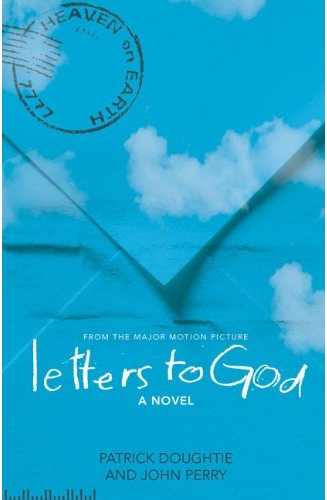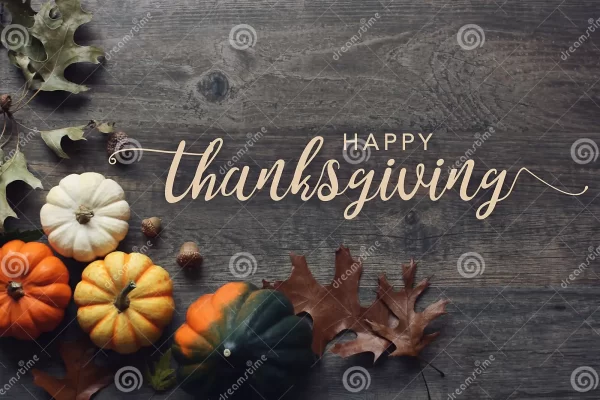Literature in Religion Class

Within the last few years, the religion classes of Junior High have been using books as a method of learning. In this way, the children are able to use the literature read in class as a way to learn about religion. Recently, our team was able to chat with the religion teacher of Junior High, Ms. Bello, who has put this new method into practice. We interviewed her about the different books the grades are reading (6th grade: The Lion, the Witch, and the Wardrobe, by C.S. Lewis. 7th: Letters to God, by Patrick Doughtie. 8th: Night, by Elie Wisel.), and asked her about how the classes in general were doing with their books. *Please let it be noted by the reader that this article is in not in exact quotes
What is the religious significance of all the different books?
The Lion, the Witch, and the Wardrobe: This book focuses religion through the characters and the way they behave. For instance, the character Aslan in the book, who is an all-powerful and magical lion in the book, represents Jesus Christ. He does this through his demeanor/actions, and through his death as sacrifice/resurrection. Though Aslan mimicking Jesus Christ is the most highlighted religious aspect of the book, there are other subtle religious undertones throughout. For instance, the book demonstrates temptation, sin, and jealousy through the boy Edmund, who experiences all of these once brought into the land of Narnia. However, it also shows the goodness and innocence of being a child through the character Lucy.
Letters to God: All of the aspects of this book are about religion. This book is more about our spiritual journey, and how different situations and tragedy might affect that. It shows that holding onto faith is not always the easiest thing to do, and when hardship hits, and just becomes that much more difficult. This book also explores the innocent trust of children, and how finding faith sometimes just needs the right push.
 Night: This book focuses on the darker side of religion, and the troubles that sometimes come with it. Aspects such as hate, discrimination, and dealing with death are common themes in the book. These are shown through the religious journey of a young Jewish boy who must live while facing all of these difficulties due to the Holocaust. It demonstrates how hard times can take someone with a very strong faith and make them faithless in everything; God, humanity, salvation. Finally, it shows how faith can be restored in all of these things in the very end.
Night: This book focuses on the darker side of religion, and the troubles that sometimes come with it. Aspects such as hate, discrimination, and dealing with death are common themes in the book. These are shown through the religious journey of a young Jewish boy who must live while facing all of these difficulties due to the Holocaust. It demonstrates how hard times can take someone with a very strong faith and make them faithless in everything; God, humanity, salvation. Finally, it shows how faith can be restored in all of these things in the very end.
How does the religion class relate to the books?
In general, the books are chosen for the classes based on the content and the maturity level. We read them in class to give the students a different way of looking at religion. It’s a much different perspective from that of a textbook, and learning religion through a story can be a nice break from routine.
When do you plan on finishing the novels?
There is no time limit on the novels. We’re reading them together in class instead of separately because the content of the novel has to be understood together and from a religious standpoint. This can be time consuming, and we don’t want to rush through it. However, I would like to be done with the novel by February, and at latest in the beginning of March.
Do you plan to do a project with these books?
Yes, all of the grades will be doing a project once we are done reading the books. The 6th graders will be writing an essay on how the novel was religious. The 7th graders will be doing a cross-curricular project involving financing (math) because money is a very important part of the book, and this will help them better understand the struggle the family in the story had to go through. Finally, the 8th graders will be writing an opinion essay on the boy’s faith throughout the story. To do this they will focus on the book’s themes and undertones.








Mrs. Bello • Mar 3, 2014 at 11:45 am
Well said Grace! kudos